sinonasal polyposis
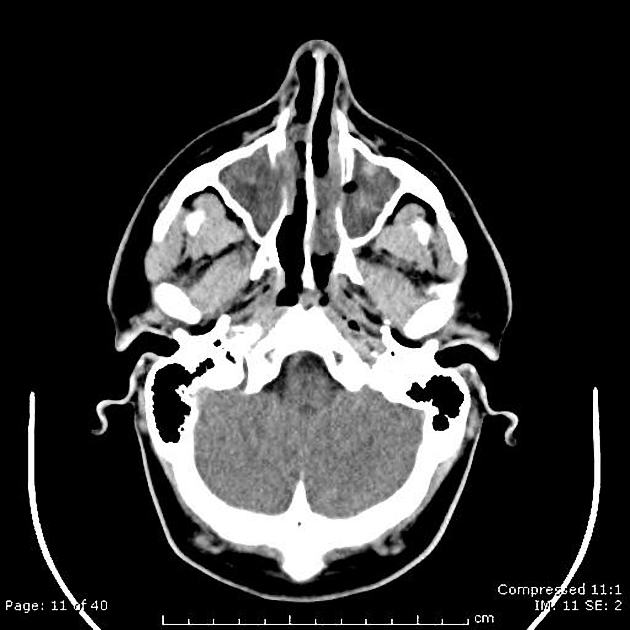
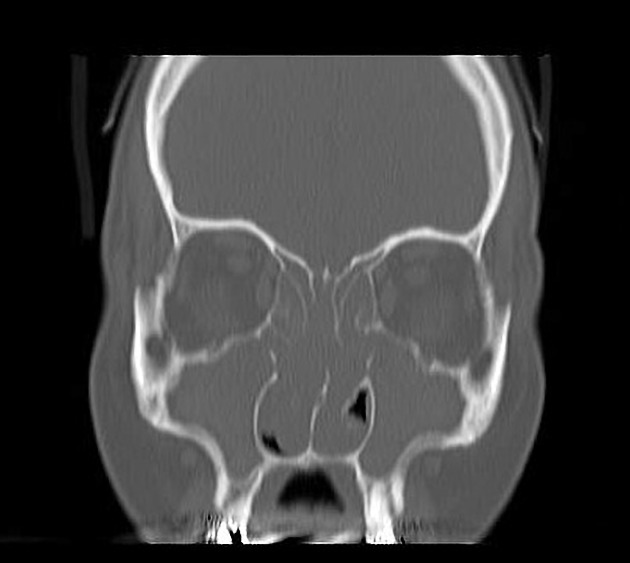
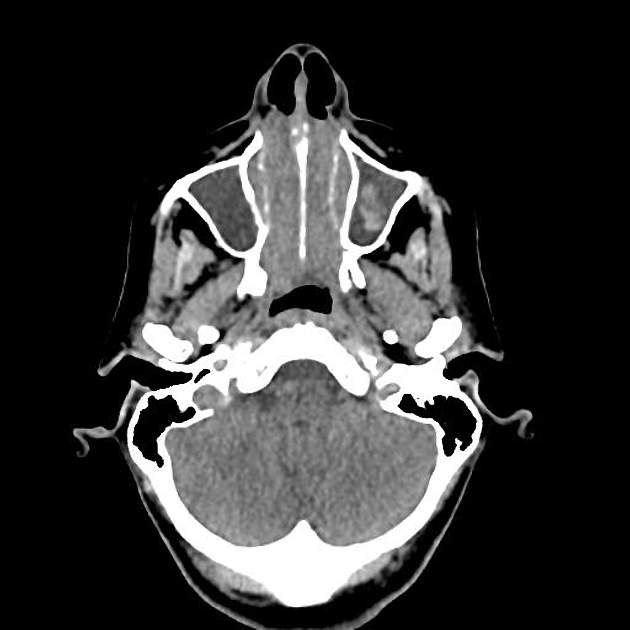

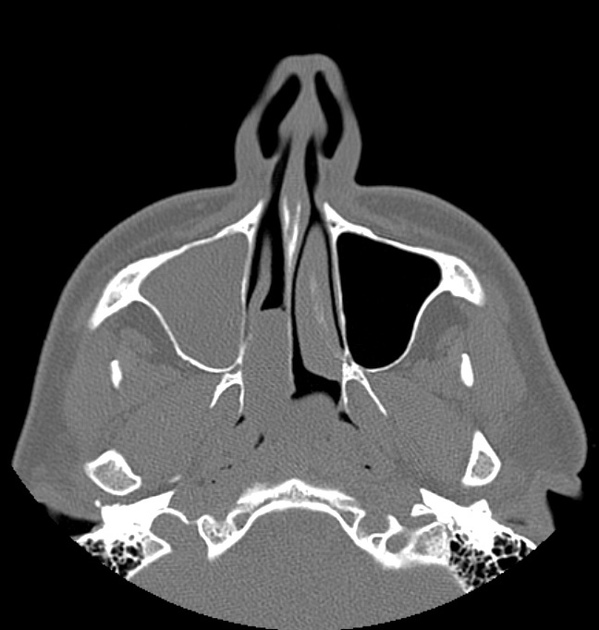
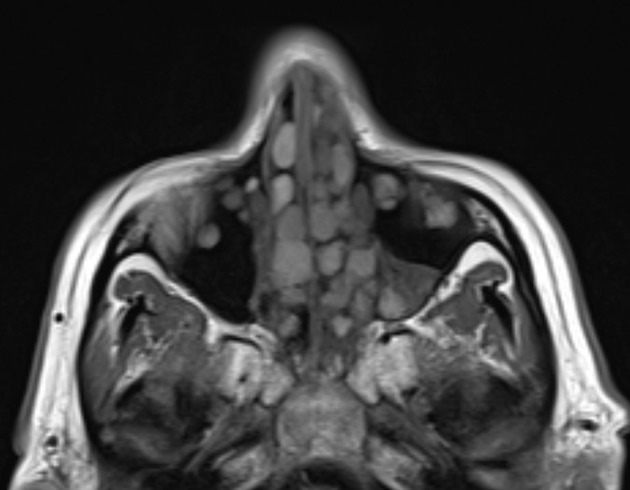
Sinonasal polyposis refers to the presence of multiple benign polyps in the nasal cavity and paranasal sinuses.
Epidemiology
It is most commonly encountered in adults and rare in children. Polyps are the most common expansile lesions of the nasal cavity . Incidence increases in patients with conditions known to be associated with polyps such as infectious rhinosinusitis, cystic fibrosis, aspirin sensitivity, allergic fungal sinusitis, asthma and nickel exposure .
Clinical presentation
Clinical symptoms may include progressive nasal obstruction, rhinorrhea, facial pain, headache, anosmia, etc . It can also cause a particular pattern of chronic sinusitis as a result of obstruction of the drainage pathways of the paranasal sinuses.
Pathology
Polyps are formed by the influx of fluid into the lamina propria of the sinonasal Schneiderian mucosa .
Radiographic features
CT
- extensive mucosal polyps occupying and obliterating the nasal cavity and the paranasal sinuses
- usually, they are hypodense, but may be hyperdense due increased protein content or fungal infection
- associated local benign bone remodeling or erosion (as opposed to a mucocele where the entire sinus is expanded )
- enlargement of infundibula
- attenuation of the ethmoid sinus walls and nasal septum
- occasionally sparing of the inferior nasal meatus
- truncation of middle turbinate
- opacified ethmoid sinuses with convex lateral walls and air-fluid levels
- a concurrent fungal sinus infection may be present
Differential diagnosis
- sinonasal retention cyst
- can be indistinguishable
- usually spares the nasal cavity
- allergic fungal sinusitis
- commonly associated with polyps
- hyperdense central areas
- MRI may show low T1 and T2 signal
- granulomatosis with polyangiitis
- centered in the nasal cavity
Siehe auch:
und weiter:

 Assoziationen und Differentialdiagnosen zu Polyposis der Nasennebenhöhlen:
Assoziationen und Differentialdiagnosen zu Polyposis der Nasennebenhöhlen:


